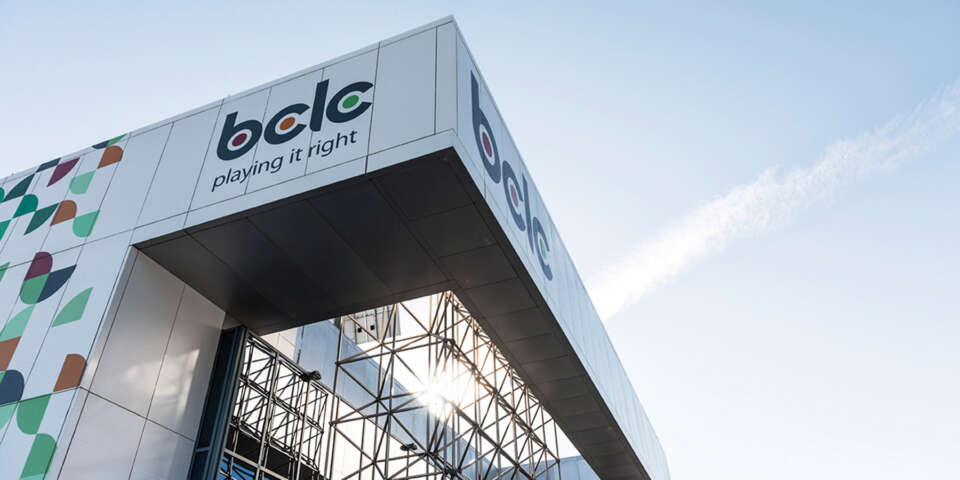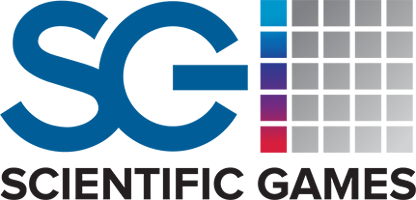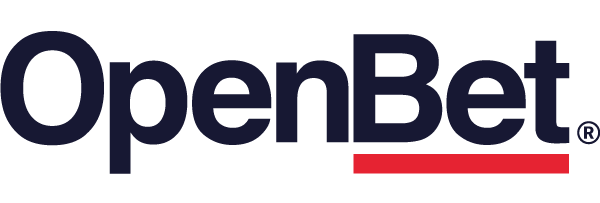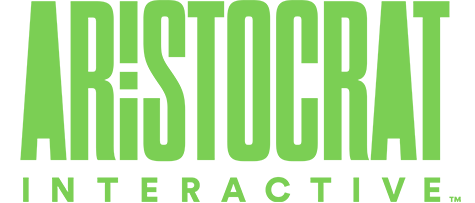Peter ter Weeme, Chief Social Purpose Officer and VP for Player Experience, at the British Columbia Lottery Corporation (BCLC) discusses the journey to become a social purpose company.

Peter ter Weeme, Chief Social Purpose Officer and VP for Player Experience, British Columbia Lottery Corporation
What steps were taken to transition to a social purpose company?
In deciding to become a social purpose company, we have been undergoing a fundamental change in the way we view our business, to make sure everything we do aligns with our social purpose to create a better world.
I was hired in 2020 as Chief Social Purpose Officer and VP for Player Experience to oversee the process. Since we started work on this, we have reframed social responsibility and communications to what we now call social purpose and stakeholder engagement. In doing so, we have also brought the worlds of social purpose and player experience together, to create stronger alignment and value for the player.
Over the past two years, the pandemic has underscored how companies responded to employees, customers and their particular needs. Research shows that there is also a growing consideration for bigger issues, for instance climate change, the global pandemic and mental health, particularly among the Millennials and Generation Z (born mid to late 1990s to the end of 2010).
Increasingly, businesses are expected to do more to address these and other issues. We asked ourselves, what was our business role, and the answer was: we want to be part of the solution in everything that we do. In accordance with this, we have generated a social purpose goal which is that “We exist to generate win-wins for the greater good”.
What are some examples of the social purpose transition?
To achieve win-wins, we need a different approach to all decision making, for our employee experience, with stakeholders such as our vendors, for the games we offer, and the player experience we create.
Environmental, social and corporate governance
Regarding environmental, social and corporate governance (ESG), we are working to finalize our ESG framework and an enabling policy, comprising diversity inclusion and belonging goals, stakeholder engagement goals, environmental goals and anti-money laundering requirements.
We have also redeveloped the employee lifecycle to incorporate social purpose and consider it at every stage of recruitment from the onboarding employer experience, to offboarding and what it means to be a pensioner or former BCLC employee. As an example, 25 people hired in last six months in the marketing, communications and social media departments each said that social purpose was a key driver in their decision to join BCLC.
Redeveloping Kamloops site
As we work to revitalize the employee environment, we are renovating our head office in Kamloops, located in a First Nation territory. We want to better incorporate the building, which is downtown, into the fabric of the community, by considering ecological and social aspects. This means fundamentally reevaluating what the building will look like so that it benefits BCLC employees as well as the greater community.
We are actively developing a protocol as part of our efforts to support reconciliation with First Nations living in the area, which will ensure that they are part of the project and participate in the design principles. We are also contemplating job training opportunities as part of the reconciliation strategy.
The development of the building and grounds will draw on Indigenous knowledge so that the choice of plants is useful for food security and the community. It will also have an electric vehicle charging center and use geothermal energy to replace the boiler.
New stakeholder management approach
Our board has amended its Terms of Reference to include stakeholder governance, and we are working to establish a new stakeholder framework. This means systematically looking at all stakeholder activities and goals, engagement methodologies and tactics used to achieve these.
From a marketing perspective, we are moving from a “house of brands” to a “branded house”, which entails reworking the brand value proposition to incorporate social purpose. Typically, social purpose companies build movements around their social purpose, so we are working on how we may involve and inspire Millennials and generation Z, in particular, who care about the bigger issues I mentioned earlier.
Innovating our enterprise player strategy
We aim to enhance the player experience, by examining our products – pull tabs, scratch cards, casino games on- and off-line, slot games – to ensure that they are culturally appropriate and contribute to win-wins for the greater good. This process also offers a great opportunity for product innovation.
Legal
We asked our legal team to rethink its approach to any legal situation, be it a contract, employee issue, or a legal case, to see if a second or third party can also win, by the way it frames the solution. The idea is to move away from a ‘winner takes all’ mindset.
World Lottery Summit 2022
In October, we will host the World Lottery Summit in Vancouver, where sustainability and social equity will be part of the event theme. In line with this, one of our tours will show all sides of the city rather than just the high points, and from an environmental standpoint, we are encouraging people not to bring plastic to what will be a paperless event. Additionally, the convention center has received many environmental awards for its green technologies used to regulate temperatures and recycle water.
What challenges and surprises have you experienced?
I would not say it’s a challenge, but the concept of social purpose still needs to be understood. Though we have taken every employee through explanatory peer-led sessions, this won’t happen overnight. It requires everyone’s participation and is a long-term process. The board, shareholders and most employees are behind this evolution, but they need to see evidence that this is real. On the whole, people are responding well, and many are coming forward and asking how they can contribute and be a part of it.
What are the key goals for the next two years?
In the next two years we want to finalize the processes I have mentioned that are already underway and develop a couple of key performance indicators around our social purpose win-wins for the greater good. Once the stakeholder framework is in place, we will ask our stakeholders to help us develop the right metrics to measure the win-wins that are being generated.
We are also collaborating with other jurisdictions and people on social purpose. We have adopted an “open source” approach and are happy to inspire other organizations and share what we know with the global lottery community.
We are also building a social purpose economy roadmap together with key members of the business ecosystem including business schools, associations, business leaders and the financial community. The greater goal is that by 2030, 25% of companies in Canada will be social purpose companies, but it could also be something for lotteries around the world to consider.








